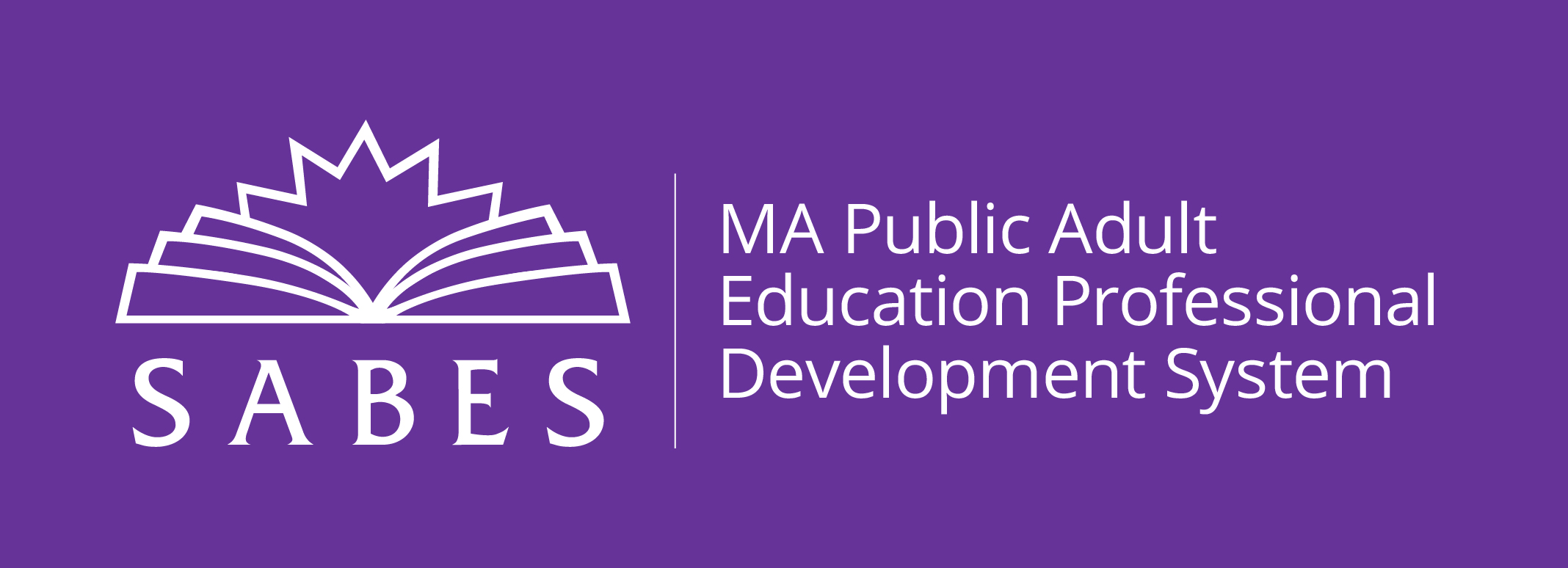Did you know that there used to be such a large deaf population on Martha's Vineyard that the entire community used a home-grown sign language? Being deaf or hearing were both normal. (Curious? Read The Island that Spoke by Hand – Uncovering the history of Deaf culture on Martha’s Vineyard and The Life and Death of Martha's Vineyard Sign Language.)
Depending on your starting point of what is "normal," how you think about inclusion will vary. Who are the learners who might be unable or less able to access learning if you do not consciously think about what it would take to include them? How will your choices for topics, texts, tools, technology, resources, learning activities, and instructional practices include or exclude your learners?
It helps to start with learning about your learners. What are their strengths and challenges? Do they have particular physical or behavioral needs? Is there past or present trauma? What are their interests and areas of knowledge? What perspectives do they bring? And, especially for ELA teachers, at what level are they reading?
If you have access to technology or are teaching remotely, tech tools can be a wonderful aid for inclusive ELA instruction, though access to the internet and related devices can be a huge barrier. One benefit of online text sources such as Newsela or ReadWorks is that several of their texts can be listened to as well as read. The major web browsers have extensions that will read aloud any text in the browser (Chrome, Firefox).
Like the classic example of the sidewalk curb cut that is essential for some and helpful for all, the Landmark School's Six Teaching Principles™ (shared during recent ELA PD) provide a structure for "good teaching" that encompasses many considerations:
- Provide Opportunities for Success
- Use Multisensory Approaches
- Micro-Unit and Structure Tasks
- Ensure Automatization through Practice and Review
- Provide Models
- Include Students in the Learning Process
There's so much you can do! Start somewhere. For example, you can:
- Read about one of the six Landmark principles and put it into practice.
- Make sure you know your students' reading levels and that you are choosing appropriately complex texts.
- Learn about instructional moves to create a positive and safe learning environment for all students, especially those who have experienced trauma.
- Participate in SABES PD and peruse our resources.
To support you in providing inclusive learning for all your students, consider the following PD and resources from the SABES ELA C&I PD Center:
- Culturally Responsive Writing Instruction
- The Trauma-Informed Classroom
- ELA Formative Assessments in ABE/ASE
- Improving Student Writing through Diagnostic Assessment and Revision
- Supporting and Engaging English Learners in the ABE Classroom
- Scaffolded Writing Strategies: From Sentences to Paragraphs
- "Guidelines for Fostering Student Engagement" in the ELA Proficiency Guide (p. 20)
- Suggestions for finding a diverse array of topics and texts and for building your own background knowledge
- Text Complexity
Visit the SABES website to register for these and other ELA PD events.


